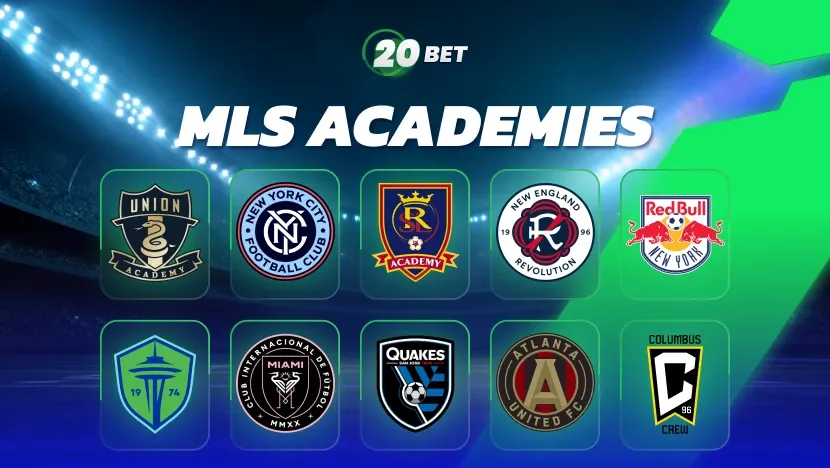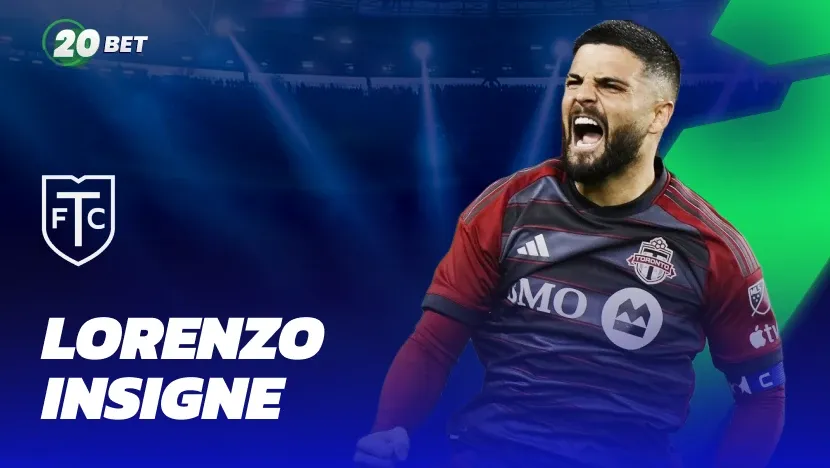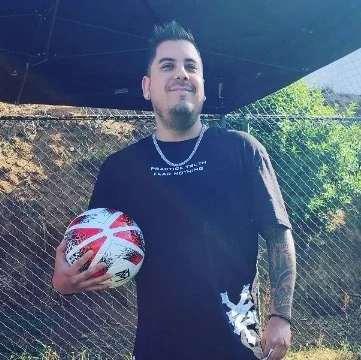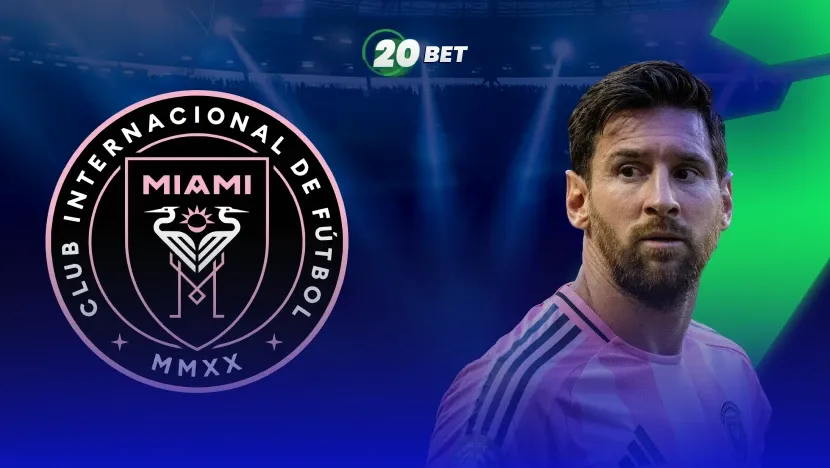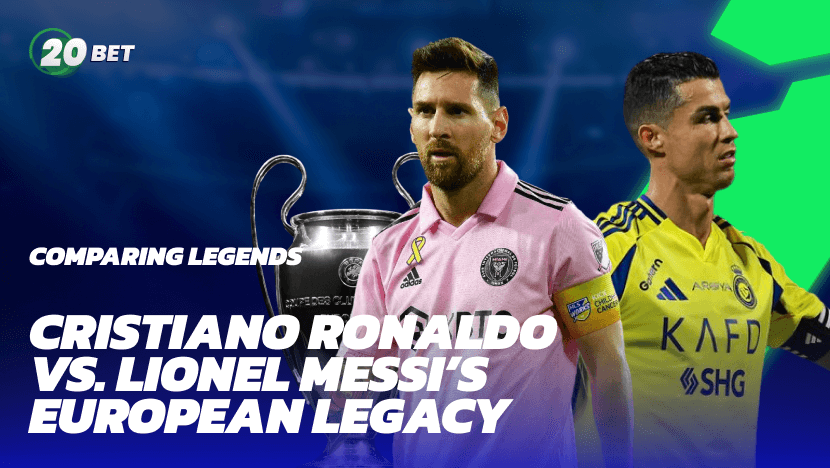Once upon a time, the idea of Major League Soccer (MLS) producing world-class talent from scratch felt like wishful thinking. If you wanted to make it big, Europe was the dream, and often, the only real option. But things are changing now, rather quickly. Soccer in North America is evolving, and MLS academies are leading the charge of this transition.
In 2024 alone, many teenage prospects from MLS NEXT teams either signed professional deals or moved to top-tier European clubs. These weren’t just flukes — they were the result of years of deliberate investment, thoughtful mentorship, and a commitment to building real, lasting infrastructure.
So, what’s changed?
The league realized that importing talent wasn’t enough. It needed its own pipeline, its own identity. That’s why MLS soccer academies were launched — structured programs designed to turn raw potential into real professional players.
Some of the most exciting names in North American soccer now come straight from these youth systems. Let’s dig deep into how MLS academies are becoming a gold mine for clubs across the globe, and how they are redefining North America’s soccer potential.
The Rise of MLS Academy: A System Built for Talent
If you wanted to bring in talent to North American clubs, there was once only one main route: sign established professionals or rely on the college draft. However, college ball wasn’t keeping pace with global standards. So clubs started investing in something better — homegrown development programs modeled after top European systems.
Today, nearly every club have a dedicated MLS academy team or multiple age-group squads operating under the MLS NEXT umbrella. And we’re not talking about a few practices a week. These academies offer daily training, structured curricula, individualized evaluation, and year-round competition.
What sets the best ones apart? It’s the consistency and clarity in their vision, not just to produce players, but to produce professionals.
How MLS NEXT Shapes the Pathway from Youth to Pro
MLS NEXT is more than just a league — it’s a complete development ecosystem for U-13 to U-19 players. Launched in 2020, it replaced the now-defunct U.S. Soccer Development Academy, aiming to streamline how talent moves from grassroots to the pro ranks.
More than 150 MLS NEXT clubs across the U.S. and Canada now compete regularly. But it’s not just about the games; the platform emphasizes training standards, psychological readiness, tactical education, and high-level scouting exposure.
This system creates a clear pathway — players as young as four to 13 can now see the ladder ahead of them: MLS GO to MLS NEXT to MLS NEXT Pro to First team. The transition throughout is smoother than ever.
Inside the Top MLS Academies: Rankings and Reputation
Let’s start with the Philadelphia Union Academy. If there’s one name synonymous with development, it’s theirs. This club are unapologetically focused on youth. Their graduates include Brenden Aaronson, Mark McKenzie, and Paxten Aaronson — all of them are playing in Europe.
Then there’s the New York Red Bulls Academy, long respected for its aggressive playing style and relentless training culture. Players like Tyler Adams came through that pipeline and went on to star on the global stage.
The Real Salt Lake Academy, based at a world-class facility in Utah, is often praised for its residential model and holistic approach to growth, both on and off the pitch.
Other academies making serious waves include:
- The Seattle Sounders Academy is known for community-based recruitment and polished coaching.
- The New York City FC Academy, backed by City Football Group, offers international mobility.
- The Atlanta United Academy is already producing senior team regulars like Caleb Wiley.
- Columbus Crew Academy and the Inter Miami CF Academy have recently showed serious promise.
One thing these academies all have in common is a strong sense of identity, a culture built on discipline, and a genuine commitment to rewarding hard work — and that’s what sets them apart from the rest.
Player Development Models: From Training Grounds to First Team
The day-to-day inside a top MLS academy is surprisingly similar to what you’d find in Europe’s top clubs. Players often study at partner schools, train in elite facilities, and follow personalized curricula.
These academies focus on creating mentally resilient, tactically aware, and physically ready young professionals. The coaching? Licensed, experienced, and increasingly diverse.
But most importantly, there’s now a transition plan. Thanks to MLS NEXT Pro, academy players get a taste of the senior game before they ever step onto an MLS pitch. That bridge makes all the difference.
Notable Graduates: Stars Who Emerged from MLS Academies
Here are a few standout graduates who are making a big impact. Every player is proof of what’s possible when mentorship, coaching, and opportunity align.
- Brenden Aaronson (the Philadelphia Union Academy): Sold for $6 million to Red Bull Salzburg, as reported by ESPN, then to Leeds United.
- Tyler Adams (the New York Red Bulls Academy): A defensive anchor for both club and country.
- Obed Vargas (the Seattle Sounders Academy): Broke into the MLS lineup at just 15.
- Gianluca Busio (the Sporting KC Academy): Signed with Italy’s Serie A team, Venezia FC, in 2021.
- Alphonso Davies (Whitecaps FC Academy): Won the UEFA Champions League with Bayern Munich in 2020.
Economic Impact: How Homegrown Players Save and Make Millions
Developing players in-house isn’t just smart — it’s good business. It cuts costs and delivers a serious return on investment (ROI).
Thanks to the Homegrown Player Rule, MLS clubs can sign their academy graduates directly, avoiding the draft, transfer fees, and agent commissions, saving hundreds of thousands in the process.
And then there’s the ROI: transfers. Players like Brenden Aaronson, Alphonso Davies, and Tyler Adams have brought in multi-million-dollar fees. Those returns go straight back into improving infrastructure, expanding facilities, and deepening scouting networks.
Many clubs are now using the same economics to fund their academies, turning player development into a self-sustaining system. Taking a page from this playbook, York United of the CPL have recently launched their own academy, aiming to replicate that same long-term model.
Challenges and Criticisms of the Academy System
Striking the right balance between development and competition remains a work in progress for MLS academies. One of the biggest criticisms is that some clubs prioritize revenue over on-field stability — selling players before they’re fully ready. While profitable, this approach can backfire.
Fast-tracking young players into the spotlight without proper testing or gradual exposure can lead to burnout. Not every teenager is ready for the pressure of packed stadiums and national expectations.
Another concern is the uneven distribution of resources. While some academies boast world-class infrastructure and coaching, others still lag behind. Access is also an issue — relocating to join a top academy isn’t financially feasible for many families. And despite progress, the pay-to-play model still lingers in parts of the American youth soccer system, limiting the talent pool to those who can afford the price of entry.
Future Outlook: Can MLS Compete with European Youth Systems?
Here’s the honest answer: not yet. But the gap is closing faster than many expected.
With continued investment, better curriculum, and more open pathways, MLS academies are starting to challenge the notion that elite talent must go abroad to develop.
If clubs can maintain their commitment and improve evaluation and mobility processes, North America might just become a talent exporter on par with Europe’s second tier in the next 5–10 years.
FAQs
What is MLS NEXT, and how does it work?

